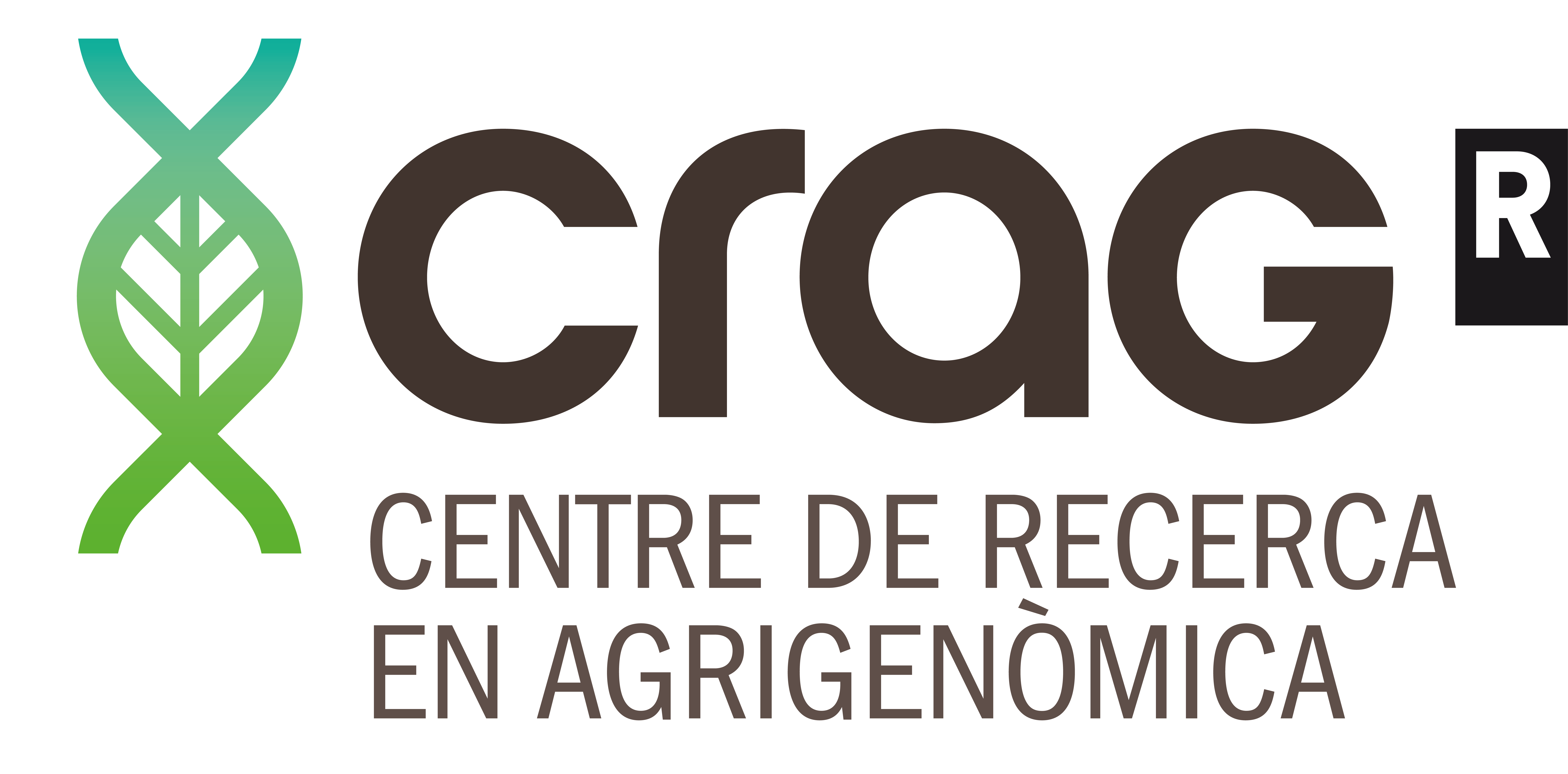DNA, or deoxyribonucleic acid, is a molecule found in the nucleus of cells that contains the genetic information necessary for living organisms to develop and function. This information is encoded in a sequence of nucleotides, the basic units that make up DNA.
Basic concepts


A gene is a specific sequence of nucleotides in DNA that contains the information needed to produce a RNA molecule and, most of the times, a protein. Genes are responsible for determining the hereditary characteristics of an organism and transmitting this information from one generation to the next.

A mutation is a change in the DNA sequence that can occur spontaneously or be induced by external factors such as exposure to radiation or chemicals. Mutations can have a number of effects on the organism: they can be neutral, harmful or even beneficial.

Chromosomes are structures containing genetic material that are found in the nucleus of a cell. Each chromosome is made up of a DNA molecule and associated proteins that help compact and organise the genetic material.

RNA, or ribonucleic acid, is a similar molecule to DNA but with certain structure and function differences. RNA plays a key role in protein synthesis. It acts as an intermediary between DNA and ribosomes, where protein synthesis takes place.

Proteins are large, complex molecules made up of chains of amino acids. Proteins carry out most cellular functions. They are involved in virtually all biological processes, from photosynthesis to defence against disease.

The cell is the basic unit of life. All living things are made up of cells, from single-celled organisms such as bacteria to multi-celled organisms like animals and plants. Cells have different forms and functions depending on the type of organism and tissue to which they belong.

The genome is an organism’s complete set of genetic information, while the genotype is the specific genetic information for a given trait. For example, the tomato genome includes all the genetic information needed to build and maintain the tomato plant, while the genotype for colour determines what colour its fruit will be.

Phenotype refers to an organism’s observable characteristics, such as its physical appearance, behaviour and biochemical properties. The phenotype is determined by the interaction between the genotype and the environment in which the organism develops.

In biology, selection refers to the process by which certain traits or characteristics are passed on more frequently to subsequent generations. In the case of natural selection, the traits that are passed on are those that allow better adaptation to the environment, whereas in the case of directed selection, the traits that are selected by the breeder are the ones that are passed on.

DNA, or deoxyribonucleic acid, is a molecule found in the nucleus of cells that contains the genetic information necessary for living organisms to develop and function. This information is encoded in a sequence of nucleotides, the basic units that make up DNA.

A gene is a specific sequence of nucleotides in DNA that contains the information needed to produce a RNA molecule and, most of the times, a protein. Genes are responsible for determining the hereditary characteristics of an organism and transmitting this information from one generation to the next.

A mutation is a change in the DNA sequence that can occur spontaneously or be induced by external factors such as exposure to radiation or chemicals. Mutations can have a number of effects on the organism: they can be neutral, harmful or even beneficial.

Chromosomes are structures containing genetic material that are found in the nucleus of a cell. Each chromosome is made up of a DNA molecule and associated proteins that help compact and organise the genetic material.

RNA, or ribonucleic acid, is a similar molecule to DNA but with certain structure and function differences. RNA plays a key role in protein synthesis. It acts as an intermediary between DNA and ribosomes, where protein synthesis takes place.

Proteins are large, complex molecules made up of chains of amino acids. Proteins carry out most cellular functions. They are involved in virtually all biological processes, from digestion to defence against disease.

The cell is the basic unit of life. All living things are made up of cells, from single-celled organisms such as bacteria to multi-celled organisms like animals and plants. Cells have different forms and functions depending on the type of organism and tissue to which they belong.

The genome is an organism’s complete set of genetic information, while the genotype is the specific genetic information for a given trait. For example, the tomato genome includes all the genetic information needed to build and maintain the tomato plant, while the genotype for colour determines what colour its fruit will be.

Phenotype refers to an organism’s observable characteristics, such as its physical appearance, behaviour and biochemical properties. The phenotype is determined by the interaction between the genotype and the environment in which the organism develops.

In biology, selection refers to the process by which certain traits or characteristics are passed on more frequently to subsequent generations. In the case of natural selection, the traits that are passed on are those that allow better adaptation to the environment, whereas in the case of directed selection, the traits that are selected by the breeder are the ones that are passed on.
CRAG Consortium members:

CRAG is a member of:

Outreach project funded by:

